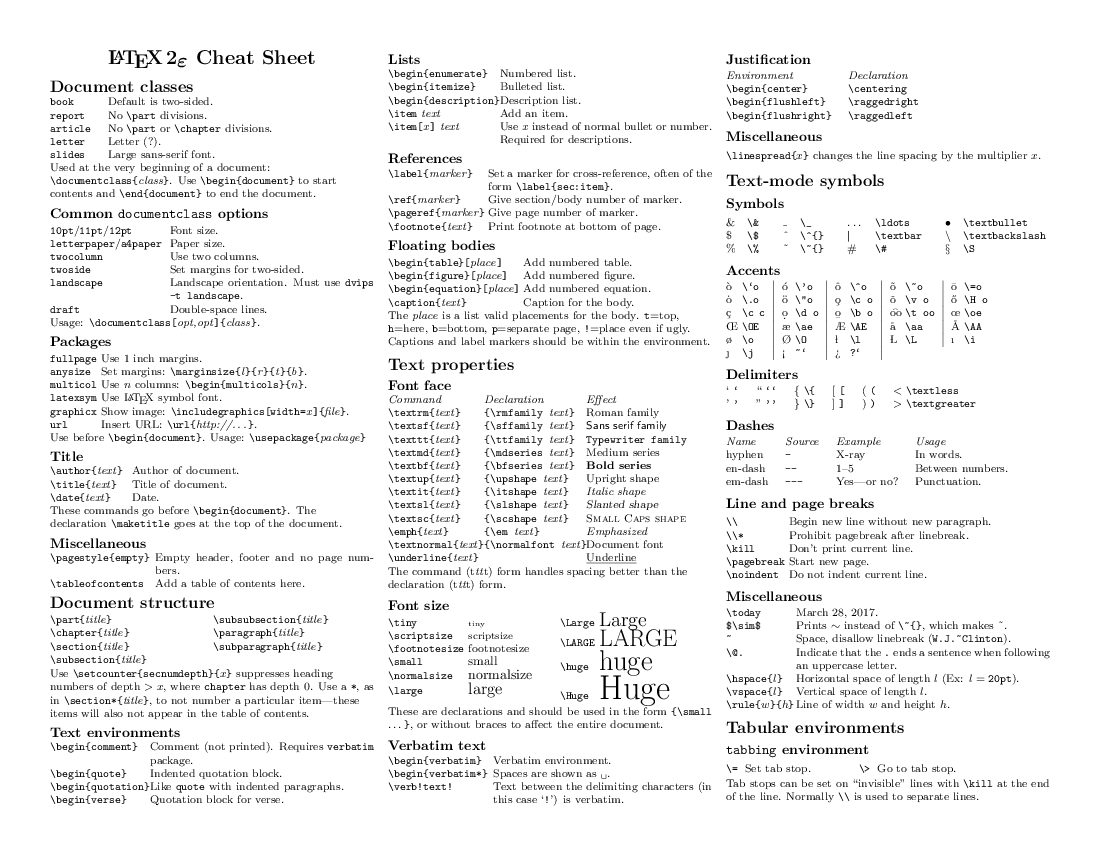
If you type "selection" in the key command window search area, you should find it. It must be something like " adapt zoom to selection or all content". I don't know if i'll translate it well since it's in French on my computer. Well, zoom-wise, i only use one key command. Maybe someone knows if this is possible within Logic, would be awesome

When i wanted to zoom in, all i had to do was press number 1 (which gave me the maximum zoom level, let's say 500%) Going up the numbers decreased the zoom level, example: 1 (500%), 2 (400%), 3(300%) etc.My workflow used to be like crazy, editing the notes in Piano Roll was one of my favourite things, in Logic i always tend to stay away from it as much as possible lol.

By learning the keyboard shortcuts to set markers in your DAW you’ll gain a tool that will benefit your projects for years to come.I've used Logic extendedly (couple of years now) and i know i should keep going back and forth between FL Studio and Logic features but i can't help the fact that i'm missing one feature so much! And till date i still press the FL Studio shortcut frequently in Logic which pops up a total different thing of course My workflow really suffers from it.but it's a simple feature actually.Įspecially within the Piano Roll i keep pressing the numbers 1,2,3,4 etc.These numbers used to be assigned to zoom parameters in FL Studio (by default). Whether you’re arranging, mixing or mastering, having the ability to quickly jump to the different sections of your track without scrolling and clicking will save you time and frustration. Often an online search can quickly tell you what the most up to date shortcuts are. (Command 1 to set the first marker, for example.) Once they’re set up, hitting shift and the corresponding number will navigate to that marker.Ī quick disclaimer: new versions of your DAW can sometimes mean old keyboard shortcuts are changed. Cubase | Marker Keyboard ShortcutĬubase will allow you to set markers using command and a number correlating the marker in sequence. Once they are set up, you can MIDI map buttons to toggle between locators using your MIDI controller. In Ableton, markers are called “locators.” Creating one is as simple as holding control and command while striking the ‘A’ key. To quickly move through these memory locations, hover your cursor over the markers timeline and strike the tab key. In Pro Tools, markers are called “memory locations.” Creating a new memory location is as easy as hitting the enter key next to the number pad. Pro Tools | Memory Location Keyboard Shortcut You also can navigate to the next left marker (⌥ ,) and to the next right marker (⌥. In Logic Pro X, the keyboard shortcut to create new marker is ⌥ ’ (hold the option key while striking the apostrophe). This can be quite helpful when you’re collaborating with others and trying to communicate about different parts of the track. You can name your markers for even easier organization and navigation using the best sat nav. You may, for example, want to put a marker at every important change in the mix, such as the point where drums come in or where the harmony line cuts out. But, you can certainly use markers as extensively as you want. With markers in place, you can quickly navigate to the important sections in your track without having to use a mouse.Ī simple application of using the marker tool is putting points at the verse, chorus and bridge of a song. This is where using markers can be a huge time saver.Ī marker is a placeholder in your track that you determine as an important point in the mix. If you’re mixing vocals on a song, for example, you may want to be able to quickly jump from the chorus to a verse to hear how they’re interacting with the mix.

Often when mixing or mastering, it’s important to be able to jump around to different parts or sections of a track.
#LOGIC PRO ZOOM SHORTCUT SERIES#
That’s why we’re starting a series of essential keyboard shortcuts that will help you use Pro Tools, Logic Pro, Ableton, Cubase or any other DAW much more smoothly. Using a mouse to point and click adds up to minutes and hours over the course of project, when you could be pressing a couple of keys on the keyboard. One of the fastest ways to speed up your music production workflow is to learn the keyboard shortcuts of your DAW.


 0 kommentar(er)
0 kommentar(er)
